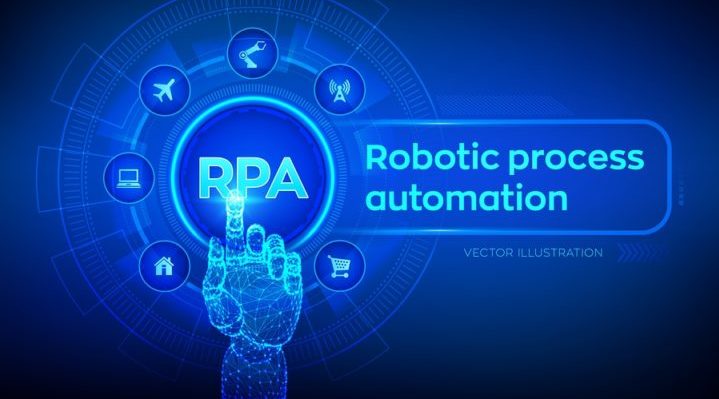Accounts payable is a critical business function. Ensuring that all requests for payments are correct and are processed appropriately within any organisation is critical to ensuring money is not squandered.
The core document at the heart of accounts payable processing is the invoice. Yet, while every invoice contains much of the same information, it is rarely represented in the same way using consistent data formats. As well as structured data such as due dates and invoice numbers, there is also unstructured data such as product descriptions and payment instructions. And invoices can arrive in hard copy, in digital fuels such as Word documents or PDFs, and even on paper.
Robotic process automation (RPA) in accounts payable isn’t a silver bullet. But, it can enhance efficiency and operational control so staff can focus on exception handling and more complex tasks.
When an invoice arrives into accounts payable, someone needs to read that invoice, find the pertinent information on it and then transpose that data into your finance application. This process is time consuming, tedious and can be prone to error.
Some of the data in an invoice is structured. Dates, unique identifiers, supplier names, ABNs and other details are relatively easy to identify. But other things, such as product and service descriptions and payment instructions can be harder to transpose into your own system.
The good news is that many of these tasks can be automated. While the invoices that come from all your different suppliers look different, software robots are capable of finding the relevant information, by using Optical Character Recognition (OCR) and automatically enter it into your accounting system. Instead of a person reading and manually typing data into systems, intelligent automation does this work.
In many organisations, before a purchase is made, a purchase order needs to be raised. When the invoice arrives for payment, an accounts payable operator needs to ensure that the invoiced amount matches the purchase order. This is a process that can be automated. This allows the accounts payable team to focus on investigating exceptions rather than spending time checking off the vast majority of orders that match.
End of month, quarter and year is always a busy time for everyone in the accounts team. Automation can streamline many of the processes needed during these periods. For example, account reconciliation often requires multiple data exports and complex spreadsheets that are manually wrangled to ensure data in accounts systems, bank transactions, and other systems is reconciled.
Intelligent automation can liberate accounts payable teams. Rather than spending time reconciling data, RPA can automate the various data transfers that are required and automatically flag exceptions. Rather than spending time moving data, staff can focus on investigating exceptions and other anomalies.
Intelligent automation can work at any time. This means tedious tasks can be executed after hours so team members can arrive at work and focus on higher-value tasks as soon as they arrive at work. Error rates are reduced because the technology doesn’t get tired. Once configured, it will repeat the same task over and over. And if the volume of invoices increases, it will keep working.
RPA gives businesses of any size an opportunity to reduce the amount of repetitive and tedious work your accounts payable team faces. Intelligent automation works continuously and with great accuracy, your accounts team can put their expertise and experience to work solving more complex problems and ensuring that all exceptions are detected and handled.













